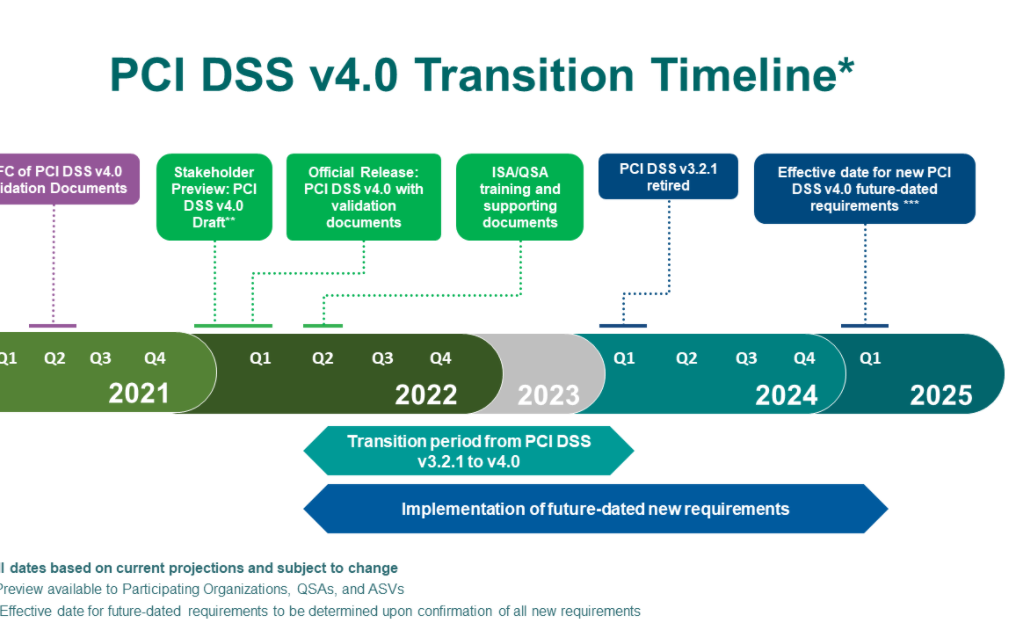
The first programmable electronic computer, Colossus, was completed in 1943 to help the British break German encryption during WWII. In 1913, Henry Ford’s moving assembly line revolutionized mass production, 10 and Bell Telephone Company began to adopt automatic telephone switchboards in 1919. The massive expansion of the railroad system in the US in the mid 1800’s, and the Second Industrial Revolution, which reached its peak from about 1870 to 1914, spurred numerous advances-many of which coincided with, and relied upon, new electrification technology. 8 And Andrew Meikle’s threshing machine from the same year automated a very laborious process that absorbed roughly 25% of agricultural labor at the time. 7 Edmund Cartwright’s power loom, designed in 1784, greatly reduced the labor needed to manufacture complex textiles.

James Watt’s continuous rotary-motion steam engine was completed in 1776. In the late 1700s, the Industrial Revolution pushed technological developments to entirely new levels. 5 Toward the end of this period, Blaise Pascal laid the groundwork for advances in computational technology when he introduced his mechanical calculator in 1645. In 1439, Johannes Gutenberg’s movable type printing press changed the world by enabling the mass production of printed books. The Renaissance may be mostly remembered for the great advances in art and philosophy, but it was also a time of exciting scientific and technological developments. These included automatic fountains, an automatic flute player, and various regulators and valves that were important precursors to control and fail-safe systems we use today. The Book of Ingenious Devices, published in 850 by the Banu Musa in Iraq, describes numerous automated technologies developed early in the Common Era. 2 Water wheels automated water collection efforts in Egypt as early as the 4th century BCE, and we have evidence from the Greek technician Appollonius of Perga that water mills used to grind grain had been developed as early as the 3rd century BCE.


Timekeeping was automated in Babylon and Egypt through the use of water and shadow clocks as early as 1500 BCE. 1 Even stone age people were engaged in automation, and since at least that time, humans have been constantly striving to find more effective ways to get the job done. Sinkers used to anchor these nets in streams were recently discovered in South Korea that date back as far as 27,000 BCE. Here are some notable examples of automation advancements made throughout our existence on this planet:Īmong the earliest known examples of tools designed to increase productivity are weighted fishing nets. Since long before recorded history, humans have been devising ways to simplify daily activities to enhance our productivity. A defining feature of the human species is our ability to invent and continuously refine tools that help alleviate the burdens of labor.


 0 kommentar(er)
0 kommentar(er)
